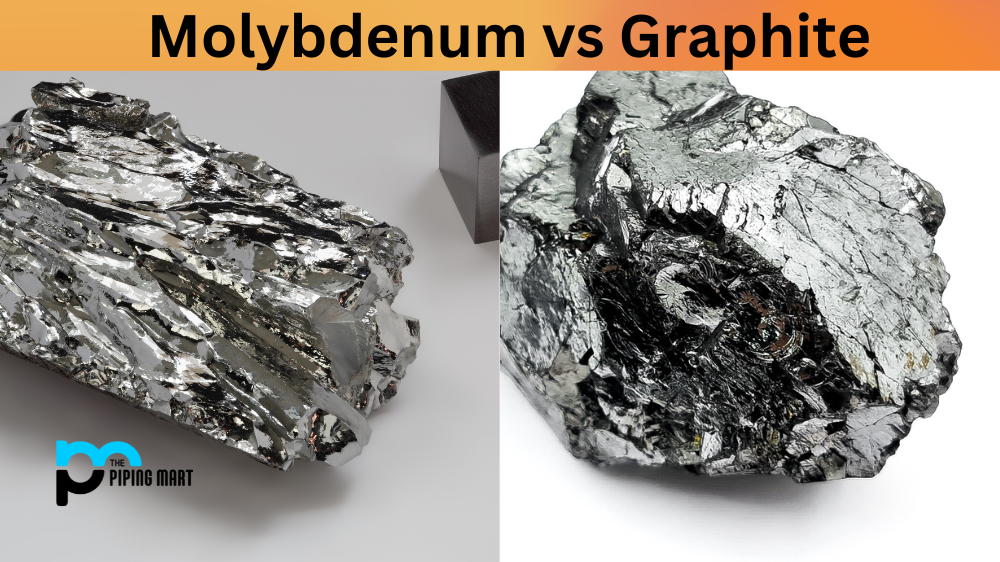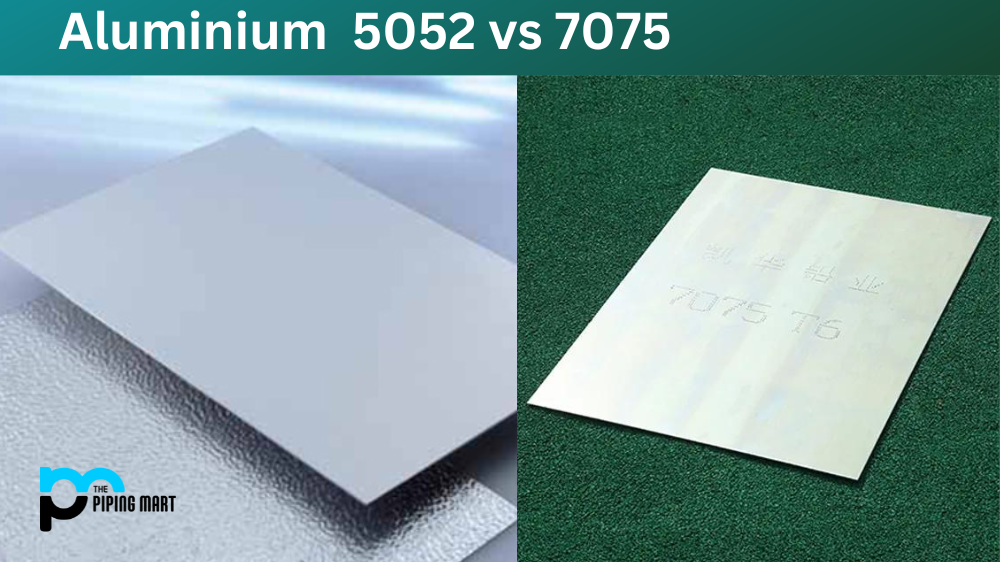Molybdenum and graphite are two materials that can be found in different applications across various industries. While molybdenum is commonly used in the metallurgical industry, graphite has its uses in manufacturing batteries, lubricants, and electronics. This blog post will explore the differences between molybdenum and graphite and why they are important in their respective industries.
What is Molybdenum?
Molybdenum is a refractory metal known for its high melting point, excellent resistance to corrosion, and extreme hardness. It is widely used in the metallurgical industry for its unique properties. Molybdenum is often used to produce alloys with other metals, such as steel, to enhance its strength, durability and heat resistance. It also manufactures electrical contacts and filaments in light bulbs and electronic devices. Fabrication of molybdenum is done through processes such as rolling, forging, and welding. The metal is also irradiated to enhance its strength further.
What is Graphite?
Conversely, graphite is a carbon-based material widely used in manufacturing pencils, batteries, and lubricants. Graphite has excellent thermal and electrical conductivity, high heat and corrosion resistance. It is also known for its lubricating properties, making it an excellent material in applications where friction and wear are issues. One of the primary uses of graphite is in producing lithium-ion batteries that power most electronic devices today. The anodes in these batteries contain graphite, making them rechargeable and long-lasting.
Difference Between Molybdenum and Graphite
Properties
Molybdenum and graphite differ in their physical and chemical properties. While moly has a high melting point of 2,623°C, graphite melts at a much lower temperature of 3,600°C. Since molybdenum is a metal, it is ductile, which means it can be formed into different shapes without breaking, while graphite is brittle. Molybdenum has a high density, making it heavier than graphite. It is also more expensive than graphite because of its unique properties and scarcity.
Application
The applications of molybdenum and graphite vary depending on their unique properties. Molybdenum is used mainly in the metallurgical industry, while graphite is used in both the metallurgical and electronic industries. Besides, graphite is used in the aerospace, automotive, and construction industries. Molybdenum is also used to manufacture nuclear reactors, as it can withstand extreme heat and pressure.
Conclusion
In summary, molybdenum and graphite differ in their physical and chemical properties. While molybdenum is a refractory metal known for its high melting point, excellent resistance to corrosion, and extreme hardness, graphite is a carbon-based material with excellent thermal and electrical conductivity and high resistance to heat and corrosion. Understanding the differences between these two materials is essential in selecting the right material for a particular application.

Meet Bhavesh, a seasoned blogger with a wealth of knowledge and experience. From metal products manufacturing to retail, Bhavesh has a diverse background in various industries and is dedicated to sharing his insights and expertise with readers.




